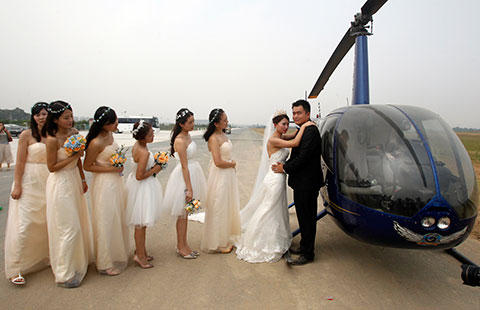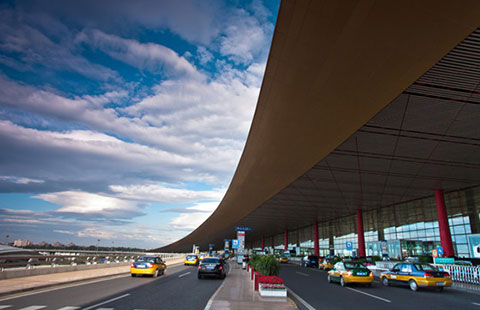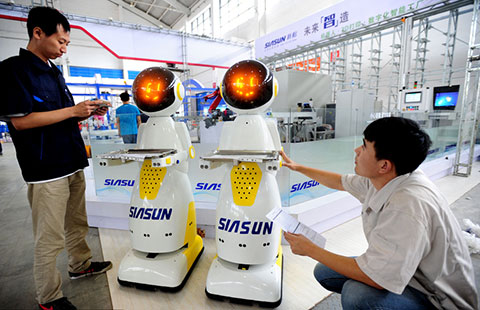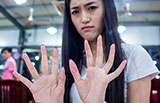Franz's mainland focus goes on with 10 new stores in 2012
By Tuo Yannan (China Daily) Updated: 2012-06-26 10:01
|
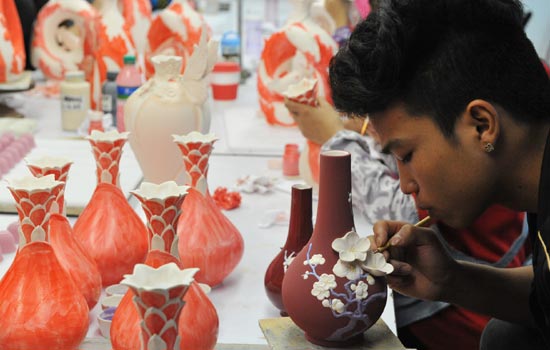 |
|
A worker at the workshop of Franz Collection Inc, in Jingdezhen, Jiangxi province. The Taiwan-headquartered luxury porcelain maker will open another 10 outlets in the mainland, bringing the total to 125. [Photo/Xinhua] |
Franz Collection Inc, the Taiwan-based luxury porcelain maker, has announced the latest move in its plan to focus attention on growth in the mainland.
The firm, established in 2002 but which now has more than 6,000 outlets in 56 countries and regions, is opening another 10 sites on the mainland, bringing the total to 125.
Franz's products have been given as presents to President Hu Jintao and his US counterpart Barack Obama, and the company lists Barbara Streisand and Elton John among its high-profile customers.
The British Museum even has a collection of its porcelain
But compared with the huge prestige it has gained overseas in the last decade, its fame is yet to spread widely enough in the mainland for Franz Chen, the company's CEO and founder, despite a growing percentage of its business being generated here.
In its early years, Chen said the mainland was missing from its list of sales destinations", explaining that for much of the past decade the domestic high-end luxury porcelain market has been dominated by overseas companies such as Wedgwood from the United Kingdom, Japan's Noritake and German porcelain makers.
Although China's porcelain was considered precious and expensive in ancient times, in the past few decades it has been largely categorized internationally as cheap tableware, he added.
According to the General Administration of Customs, more than 3 billion porcelain products were sold to overseas markets in 2003, with the average price of each product at just $0.25. More recently, a survey in March suggested 86 percent of Chinese customers still wouldn't buy Chinese-made luxury goods, according to a report from Xinhua New Agency.
But since 2005, Franz has focused on turning around the fortunes of locally-produced goods in the mainland, and sales in the mainland now account for about a third of its total sales revenue.
The company's most expensive product is about 40,000 euros ($49,000), and even a tea cup can cost about $150.
General Administration of Customs figures show that exports of Chinese porcelain to Europe dropped 26.4 percent year-on-year in the first two months of this year, as recession there continues to bite.
"The financial crisis in Europe makes customers more conservative of purchasing, so we will place our emphasis on the mainland and other emerging markets this year," Chen added.
"Our main strategy is to make our products carry added artistic value by combining a traditional Chinese spirit with fashionable elements," Chen said, after the company signed a contract with European designer Jean Boggio six years ago to give its range a more traditional Chinese look.
As the designer of Hermes and Ritz, Boggio has also been commissioned to add modern elements such as fairies and jungle themes into traditional Chinese art, making it more familiar to western customers.
"China's products are very aesthetic and popular in the European market," said Wilhelm Siemen, director of Porzellanikon Selb, the biggest porcelain museum in Europe.
For example, Franz's Van Gogh collection captivates the Europe market because it meets local tastes and culture, he said.
Franz has maintained a 1,500-piece porcelain exhibition at the museum since May 3, after it set up its first retail outlet in Germany in September.
Siemen added that while Germany is the strongest porcelain market in Europe, sales have been shrinking in the past decade.
"Germany used to have more than 30,000 porcelain workers, now it has downsized to only half of it," he said.
tuoyannan@chinadaily.com.cn
- Tsinghua graduates invent 3-D pancake-printing machine
- $16b added by 50 brokerages to support shaky market
- Australia's opposition under pressure to approve China-Australia FTA
- China mulls intensified economic cooperation in border areas
- China to set up 60b yuan fund to support SMEs
- Luxury brands cash in on growth potential
- Chocolate companies see sales melt away
- Mondelez slims down after biscuit sector crumbles

